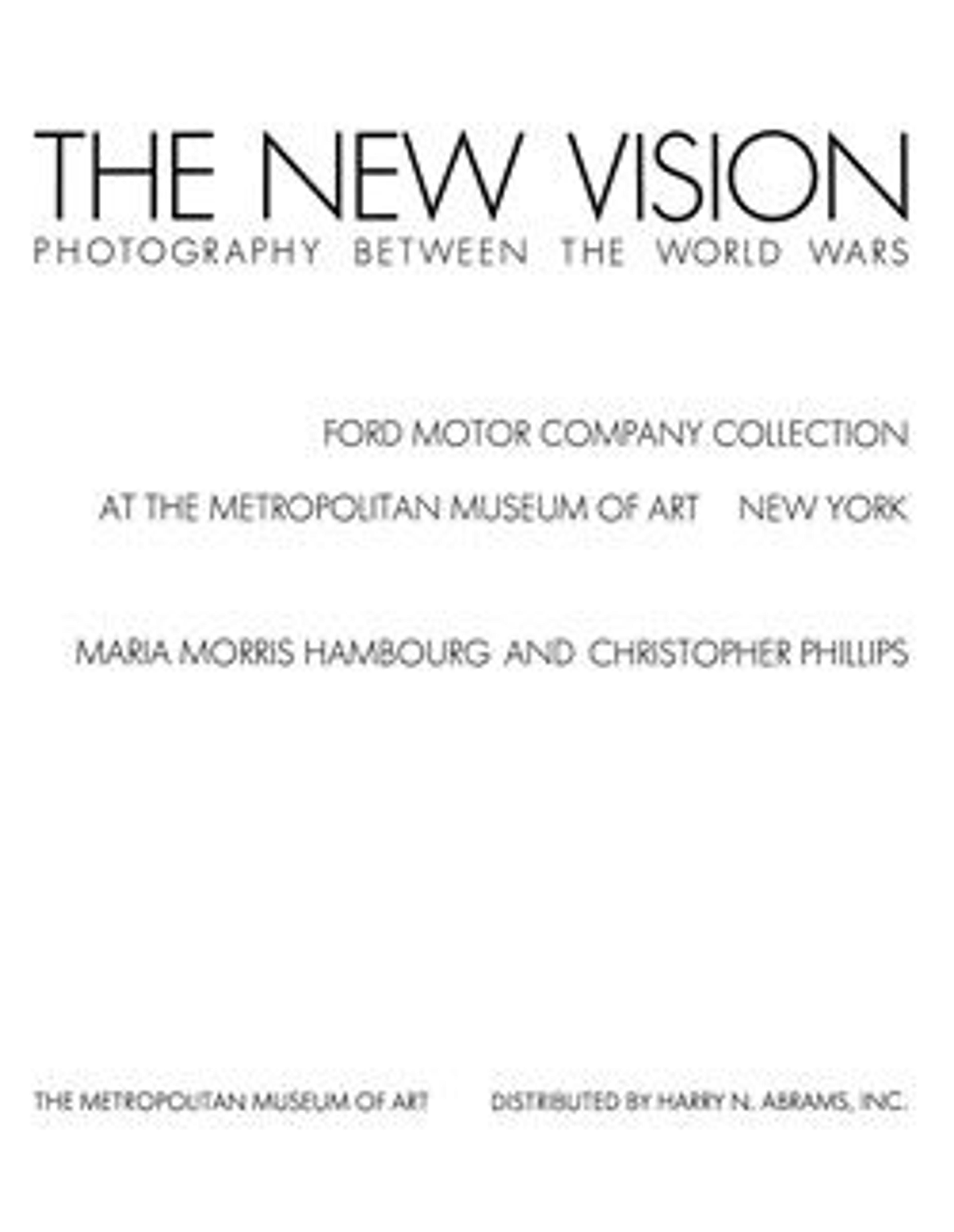Florence Henri
In her 1939 history of photography, Lucia Moholy cited Russian films as one source of inspiration for the new portraiture that emerged in the 1920s: "To the general public in Western Europe this style appears strange and exotic. They find it interesting and worth discussing, but few of them wish to have their portraits taken in the same way." In this formidable portrait of Florence Henri, a Paris-based painter who enrolled in Moholy-Nagy's summer course in 1927, Lucia Moholy employed the kind of extreme close-up that had recently thrilled Berlin audiences in Sergei Eisenstein's film Battleship Potemkin (1925).
Artwork Details
- Title:Florence Henri
- Artist:Lucia Moholy (British (born Austria-Hungary), 1894–1989)
- Date:1927
- Medium:Gelatin silver print
- Dimensions:37.2 x 27.7 cm (14 5/8 x 10 15/16 in.)
- Classification:Photographs
- Credit Line:Ford Motor Company Collection, Gift of Ford Motor Company and John C. Waddell, 1987
- Object Number:1987.1100.20
- Rights and Reproduction:© 2025 Artists Rights Society (ARS), New York
- Curatorial Department: Photographs
More Artwork
Research Resources
The Met provides unparalleled resources for research and welcomes an international community of students and scholars. The Met's Open Access API is where creators and researchers can connect to the The Met collection. Open Access data and public domain images are available for unrestricted commercial and noncommercial use without permission or fee.
To request images under copyright and other restrictions, please use this Image Request form.
Feedback
We continue to research and examine historical and cultural context for objects in The Met collection. If you have comments or questions about this object record, please contact us using the form below. The Museum looks forward to receiving your comments.
